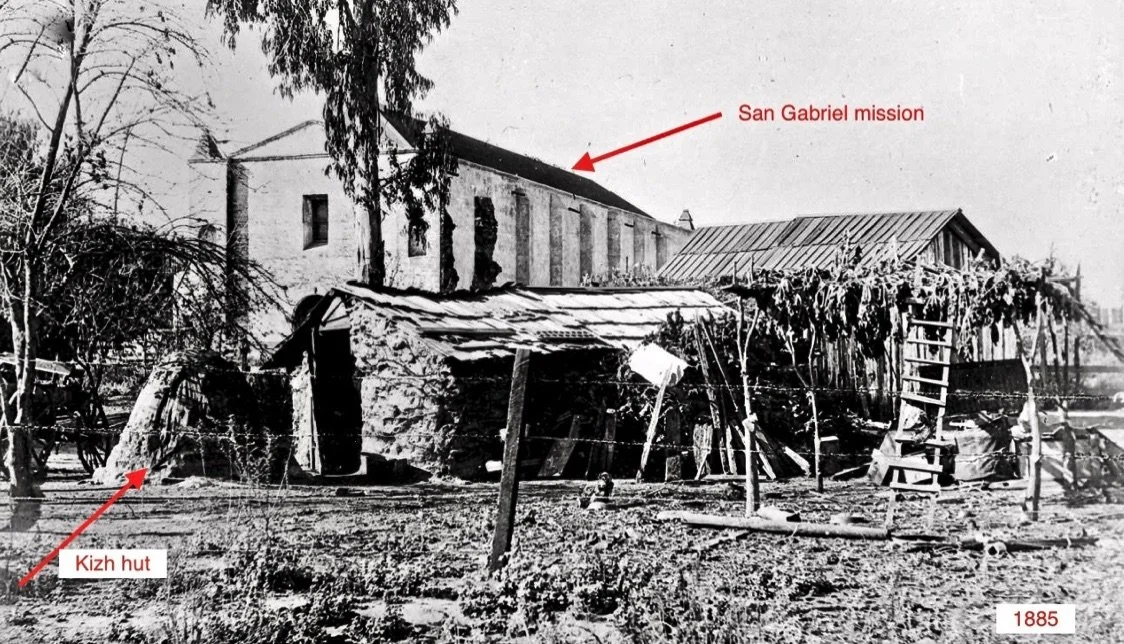The story of racism in SGV starts with the conquest of the indigenous and continued with segregation of racial minorities. The past is done, but the future of racism in this region is up to us.
Tomorrow’s story will be determined by how today’s generation handles yesterday’s truth.

Converting the Kizh
Let us examine the matter of punishment in the missions. In order to maintain the system against the neophytes' objections or apathy, the missionaries applied various forms of restriction and compulsion to conform to the rules. All of this ultimately came to rest on individuals in the form of corporal punishment, and this in turn became the focus of the neophytes' objections to the missionaries whom they correctly saw as personally responsible, and to the mission as the institution which was the vehicle.
Punishable offenses were of two main types: 1) criminal, which included murder, assault, theft, armed robbery, and sex delinquencies such as incest, sodomy, fornication and rape which were strongly disapproved of by the Church; and, 2) political (or perhaps better, political-religious), which included fugitivism (classed as abandonment or renunciation of the faith), the refusal to perform assigned tasks, conspiracies to incite acts to overthrow the regime, destruction of mission or military goods or property, physical assault on either missionaries or soldiers.
The goal was to convert Kizh away from their culture and way of life. Colonizers labeled the Kizh way of life as savage and sought to do away with it. Those who did not convert faced harsher consequences, those who did convert were enslaved. Since the time European colonizers settled in SGV, the indigenous people had no chance.
Land Distribution
From 1771 to 1821, Spain ruled over the area that would become the SGV. They stripped the Kizh of their land, were responsible for many Kizh people dying, and would enslave a great number of them to tend to the land and expand the operations of Mission San Gabriel Archangel. The Spanish government gave out land grants and these areas of land, also called rancherias, were used to produce profits from the land.
The lands given by the Spanish government were given to light-skinned individuals, usually of privilege or connection to the government. When the Mexican government took over, they too preferred lighter-skinned Mexicans and individuals of European descent in their land grants.
Finally, the U.S. took over the land and through segregation, restrictive covenants, and outright violence prevented minorities from owning land in the region, especially Black Americans who were still under the institution of slavery when California became a state. At no point in SGV history have Black Americans and indigenous people had the privileges of full American status with regard to accessing land.


